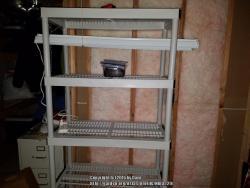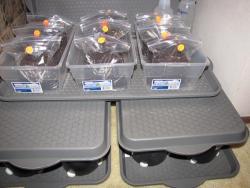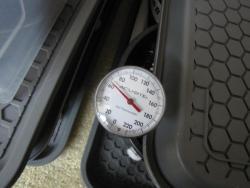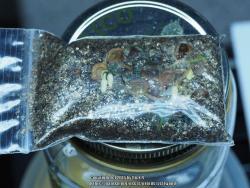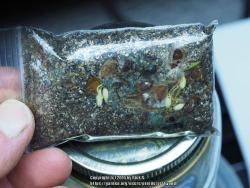hampartsum said:So they would have evolved to spread survival chances along many seasons. If my suppositions are correct then the cold stratification would be unnecessary because seeds would have no clue to which winter season they would react if they are spread out during many years.
I suppose in a way this could be true: seeds are not preprogrammed for the actual number of seasons before germination. Rather, seeds need to go through multiple, varying chemical and/or physical processes (internal and/or external) that are precursors to germination.
These processes happen during certain circumstances like time, temperature, moisture content, sun, dark, etc. Some of these processes are precursors themselves for other processes. It is not really how many seasons it takes for germination, but how long it takes for the necessary processes to complete, and how many seasons that takes. It might be one year for me in the USA, two years for someone in Europe and three years for you. There are lots of environmental variables that can enhance or delay the processes.
You are right in thinking that many species' seeds purposely do not all germinate in the same season, but it's not because they "have no clue to which winter season they would react". The seeds are preprogrammed to finish these processes at different rates, which result in germination during multiple seasons.
Given that Ian Young in Scotland has cooler summers than you, I don't think that your lack of summer heat is a concern. You already know how expertly he grows Erythroniums. If it is any consolation, we in the northern hemisphere often have a difficult time growing anything native to the southern hemisphere.
Try searching the PBS (Pacific Bulb Society) site. There are many that grow erythroniums there, and live in the Pacific Northwest USA, too. pacificbulbsociety.org
I believe Ian dries his western American erythronium seeds, since they are not gathered by ants, and naturally sit dry in the capsule until mechanical disbursement.
